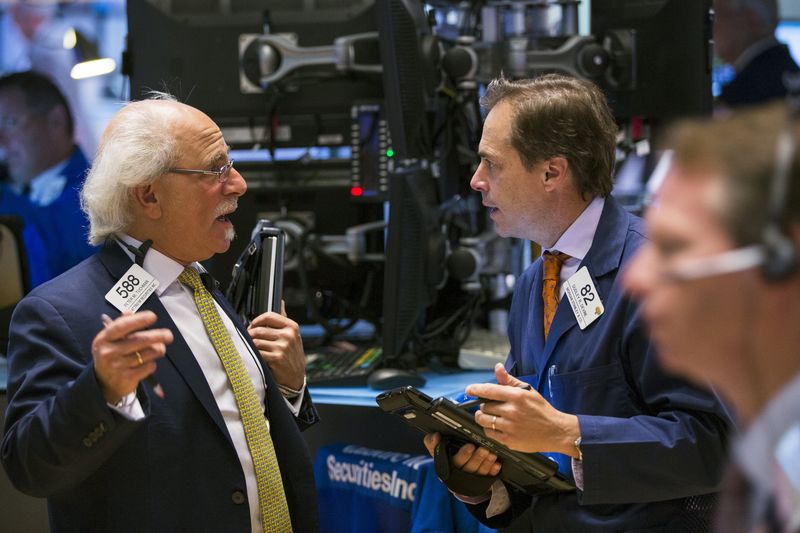The Australian share market is likely to extend its six-month slump, following fears on Wall Street about more potential rate hikes from the Federal Reserve on the back of strong US labour market data.
ASX futures had dropped 35 points or 0.5% to 6,929 this morning, and the dollar was flatter by 1% – it briefly fell below 63 US cents overnight.
The S&P 500 fell 1.4% to a four-month low and the Dow Jones lost 1.3% – the last of its year-to-date gains – while the Nasdaq fell 1.8%.
In another sign of softening markets, Wall Street’s fear gauge – the CBOE volatility index or VIX – climbed above 20, its highest reading since May.
RBA stays its hand
There was a weak sigh of relief back home as the RBA, helmed by new chair Michele Bullock, left the cash rate on hold at 4.1% at yesterday’s meeting – the fourth time it has stayed its hand.
Bullock, learning from the mistake of her predecessor, was careful not to rule out a future rate rise in her post-meeting comments, but cited two reasons why the board hadn’t lifted them this time.
Firstly, she believed the higher rates of recent months were working well to balance supply and demand in the economy, and secondly, there was uncertainty in the economic outlook and the board needed more time to assess the impact of the rises to date.
European markets weak
European share markets were down yesterday, reaching a new six-month low.
Utilities sank 2.7% to 11-month lows as the threat of higher interest rates hovered. Mining companies fell 2.6% as copper prices dropped to a four-month low against a strong greenback.
The continent-wide FTSEurofirst 300 index closed 1% lower for the second consecutive session. In the UK, the FTSE 100 index dipped 0.5% as luxury retailer Burberry hit an 11-month low, down 3.6%, following a UBS ratings downgrade. Top of Form
Currencies, crude and commodities
Global currencies were weak against the US dollar in both European and US trading sessions.
The Euro saw a decline from US$1.0492 to US$1.0448, stabilising near US$1.0470 at the US market close. Similarly, the Australian dollar dipped from 63.31 US cents to 62.84 US cents and levelled off near 63.00 US cents at the close in the US.
In contrast, the Japanese yen strengthened modestly from 150.15 yen per US dollar to JPY148.71, ending near JPY148.80 at the US market close.
On the commodities front, global oil prices witnessed an uptick on Tuesday. Brent crude rose by 21 US cents or 0.2% to reach US$90.92 a barrel, while the US Nymex crude price increased by 41 US cents or 0.5% to US$89.23 a barrel. Investors are weighing factors such as a stronger US dollar, ominous global economic indicators and a tightening oil supply.
Meanwhile, base metal prices presented a mixed picture. Copper futures decreased by 0.5%, touching a four-month low, as a rising US dollar and increasing exchange inventories raised concerns about industrial demand. Aluminium futures slid by 1% while simultaneously, under contrasting influences such as the arrest of China Evergrande (HK:3333) Group's chairman, they edged up by 0.1%.
Gold futures underwent a significant drop, declining by US$28.90 an ounce or 1.5% to settle at US$1,890.90. The gold futures price also hit a near seven-month low of US$1,841.50 an ounce, with spot gold trading near US$1,824 at the US close.
Iron ore futures fell as well, slipping by US$1.70 or 1.4% to US$118.44 a tonne. This decline in iron ore prices occurred during a period of thin trading activity due to China's Golden Week holiday and followed a noticeable decrease in Chinese industrial profits over the first eight months of the year.
What’s happening in small caps?
The S&P/ASX Small Ordinaries closed at 2,649.56 yesterday, down 2.15% on the previous day.
Making news this morning, which you can read more about throughout the day with Proactive are:
